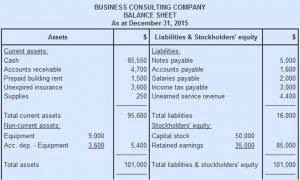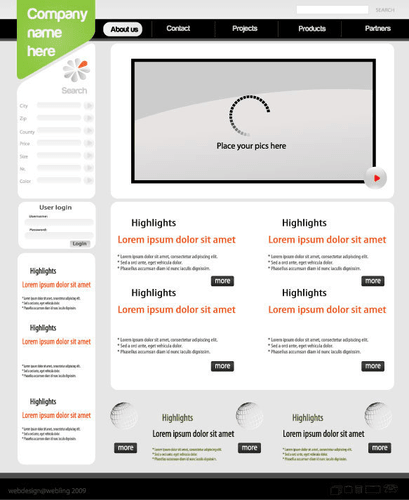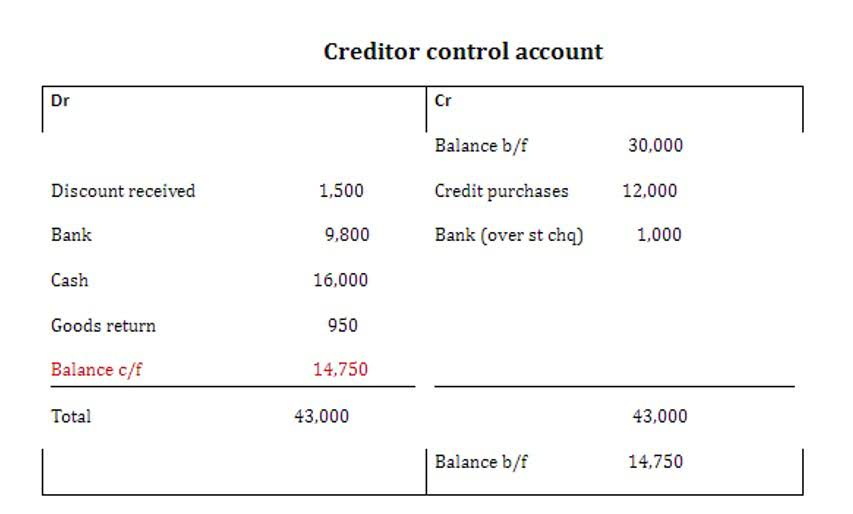
We will debit the revenue accounts and credit the Income Summary account. The credit to income summary should equal the total revenue from the income statement. Notice that the effect of this closing journal entry is to credit the retained earnings account with the amount of 1,400 representing the net income (revenue – expenses) of the business for the accounting period. Permanent accounts, such as asset, liability, and equity accounts, remain unaffected by closing entries.
- However, when it comes to opening and closing accounts, this typically happens on a yearly or monthly basis, depending on the type and size of the company.
- 11 Financial may only transact business in those states in which it is registered, or qualifies for an exemption or exclusion from registration requirements.
- Nomatter which way you choose to close, the same final balance is inretained earnings.
- Temporary (nominal) accounts are accounts thatare closed at the end of each accounting period, and include incomestatement, dividends, and income summary accounts.
- This involved reviewing, reconciling, and making sure that all of the details in the ledger add up.
What Is an Accounting Period?
You should recall from your previous materialthat retained earnings are the earnings retained by the companyover time—not cash flow but earnings. Now that we have closed thetemporary accounts, let’s review what the post-closing ledger(T-accounts) looks like for Printing Plus. Having a zero balance in theseaccounts is important so a company can compare performance acrossperiods, particularly with income. The retained earnings account balance has now increased to 8,000, and forms part of the trial balance after the closing journal entries have been made.
How to Close the Books?
Instead, declaring and paying dividends is a method utilized by corporations to return part of the profits generated by the company to the owners of the company—in this case, its shareholders. The business has been operating for several years but does not have the resources for accounting software. This means you are preparing all steps in the accounting cycle by hand.
Closing Entry in Accounting: Definition, Example, and Best Practices
- We need to close the temporary accounts (revenue and expenses) and transfer the net income to Retained Earnings.
- First, all the various revenue account balances are transferred to the temporary income summary account.
- Accountants may perform the closing process monthly or annually.
- Just like in step 1, we will use Income Summary as theoffset account but this time we will debit income summary.
- He has been the CFO or controller of both small and medium sized companies and has run small businesses of his own.
- If it does, you’ll need to debit retained earnings and credit dividends like in the example here.
” Could we just close out revenues and expenses directly into retained earnings and not have this extra temporary account? We could do this, but by having the Income Summary account, you get a balance for net income a second time. This gives you the balance to compare to the income statement, and allows you to double check that all income statement accounts are closed and have correct amounts. If you put the revenues and expenses directly into retained earnings, you will not see that check figure.
Step 5: Running reports
Below are examples of closing entries that zero the temporary accounts in the income statement and transfer the balances to the permanent retained earnings account. This is no different from what will happen to a company at theend of an accounting period. A company will see its revenue andexpense accounts set back to zero, but its assets and liabilitieswill maintain a balance. In summary, the accountant resets thetemporary accounts to zero by transferring the balances topermanent accounts. Closing entries are posted in the general ledger by transferring all revenue and expense account balances to the income summary account. Then, transfer the balance of the income summary account to the retained earnings account.

Cash Flow Statement
Closing entries are put into action on the last day of an accounting period. There are various journals for example cash journal, sales journal, purchase journal etc., which allow users to record transactions and find out what caused changes in the existing balances. Closing entries are mainly used to determine the financial position of a company at the end of a specific accounting period. Permanent (real) closing entries accounts are accounts that transfer balances to the next period and include balance sheet accounts, such as assets, liabilities, and stockholders’ equity. These accounts will not be set back to zero at the beginning of the next period; they will keep their balances. The next day, January 1, 2019, you get ready for work, but before you go to the office, you decide to review your financials for 2019.
How to File a Tax Extension (The Steps You Need to Know)

The income summary is a temporary account used to make closing entries. Now, it’s time to close the income summary to the retained earnings (since we’re dealing with a company, not a small business or sole proprietorship). Any account listed on the balance sheet is a permanent account, barring paid dividends. On the balance sheet, $75 of cash held today is still valued at $75 next year, even if it is not spent.



Comments